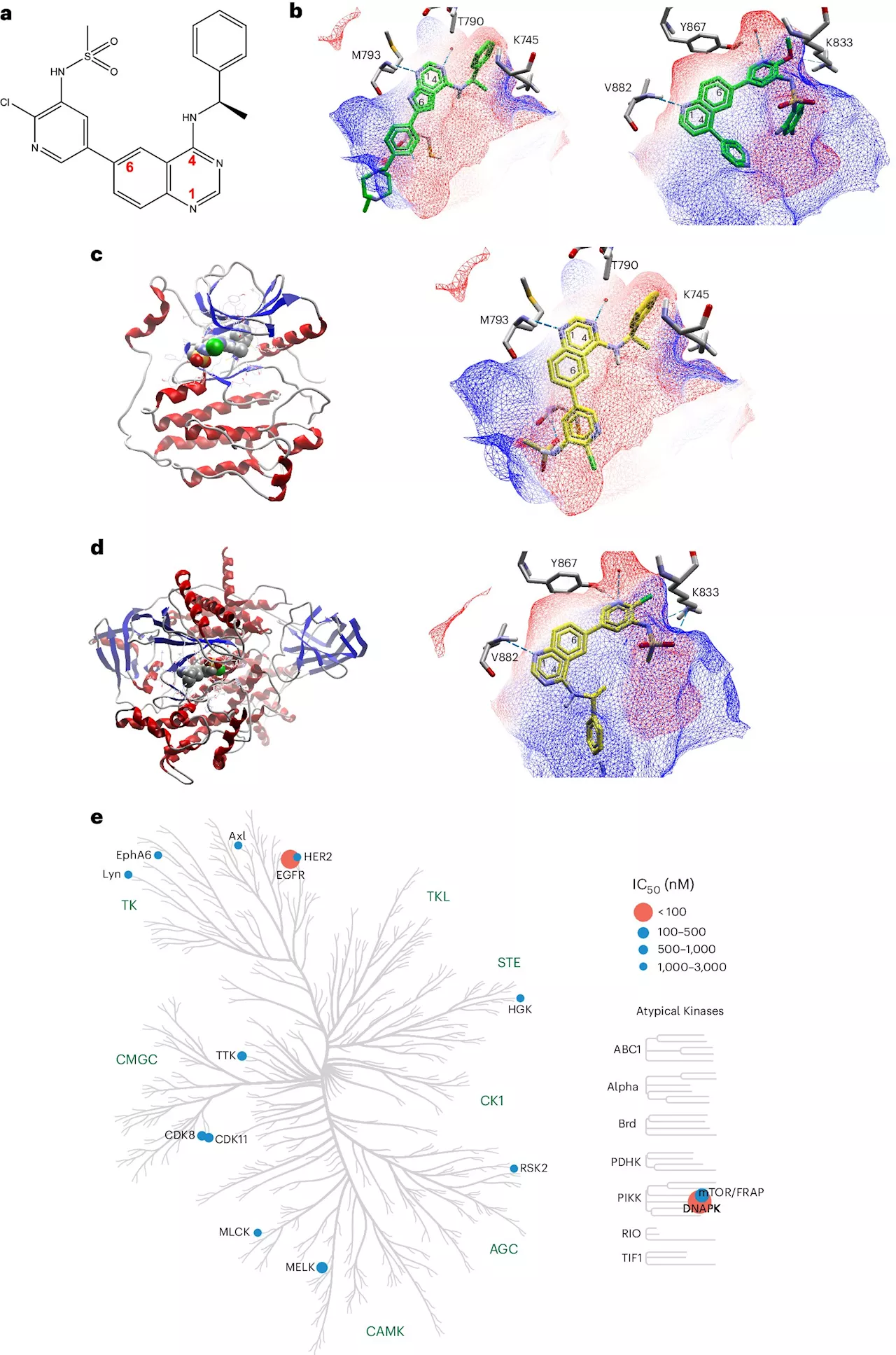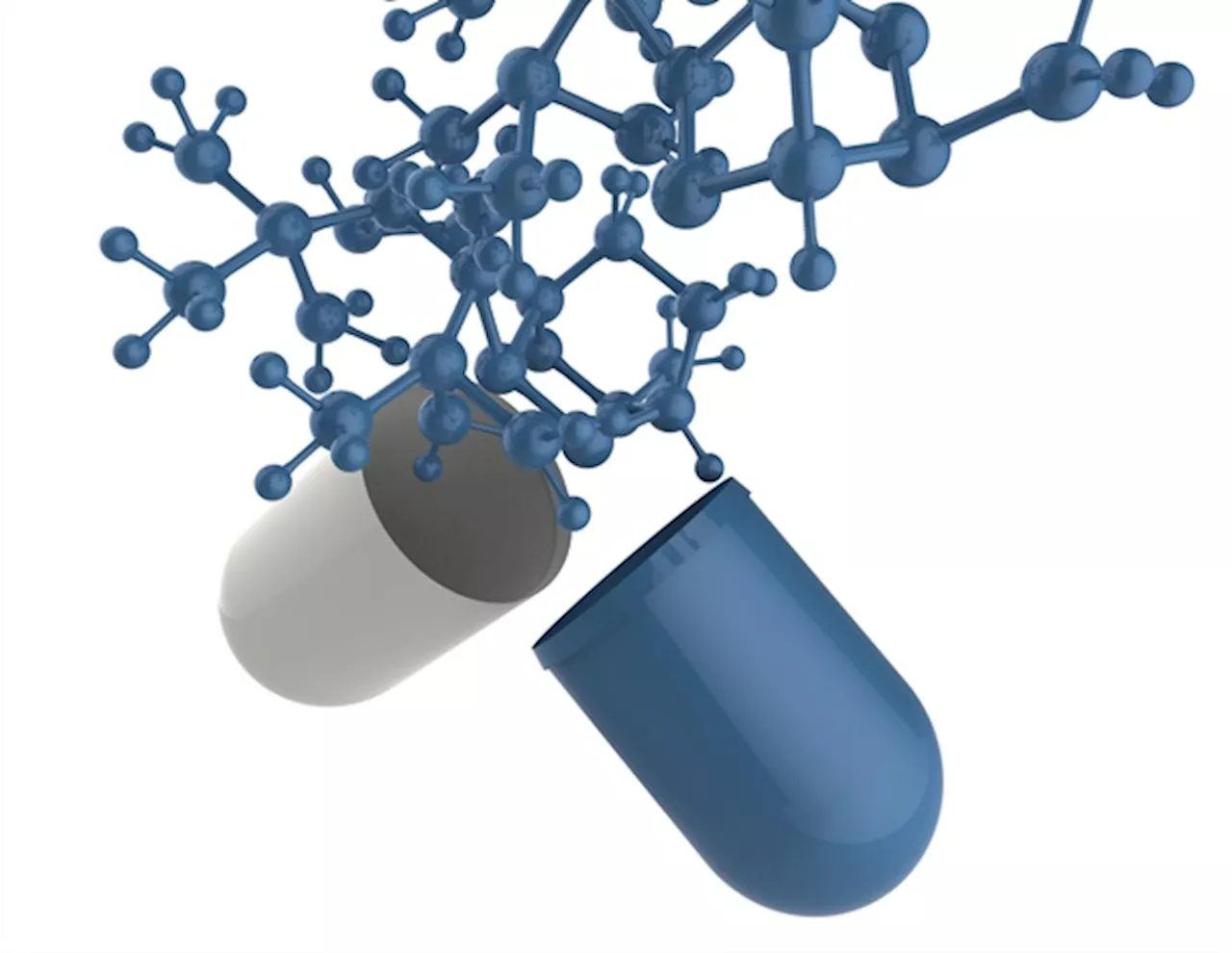Resistance, or weight training, is widely recommended in sports and rehabilitation as an effective exercise to increase muscular strength and size. This form of exercise involves applying resistance to muscle contraction to build strength. However, some practitioners believe resistance training can increase passive muscle stiffness over time.
Doshisha UniversityAug 1 2024
Few studies have investigated the long-term effects of resistance training on passive muscle stiffness. One study showed that the passive muscle stiffness of the semimembranosus , one of the three hamstring muscles in the thigh, can decrease for a short time after eccentric-only resistance training at long muscle lengths with long contraction duration . Eccentric-only resistance training focuses solely on the muscle-lengthening phases of exercises, such as deadlifts.
The study included contributions from Katsuki Takahashi, Tatsuya Hojo, and Taku Wakahara from the Faculty of Health and Sports Science at Doshisha University. It was published online in Medicine & Science in Sports & Exercise on July 16, 2024.
Exercise Frequency Medicine Research Running
Deutschland Neuesten Nachrichten, Deutschland Schlagzeilen
Similar News:Sie können auch ähnliche Nachrichten wie diese lesen, die wir aus anderen Nachrichtenquellen gesammelt haben.
 Study reveals IL-22BP protein's role in gut health and infection resistanceA study reported in Proceedings of the National Academy of Sciences (PNAS) shows how the presence of a specific protein called IL-22BP affects the composition of the gut microbiota and the body's response to bacterial infection.
Study reveals IL-22BP protein's role in gut health and infection resistanceA study reported in Proceedings of the National Academy of Sciences (PNAS) shows how the presence of a specific protein called IL-22BP affects the composition of the gut microbiota and the body's response to bacterial infection.
Weiterlesen »
 New dual kinase inhibitor MTX-531 shows promise in overcoming cancer therapy resistanceA team of researchers at the University of Michigan Health Rogel Cancer Center has designed a molecule that impairs signaling mediated by two key drivers of cancer therapy resistance.
New dual kinase inhibitor MTX-531 shows promise in overcoming cancer therapy resistanceA team of researchers at the University of Michigan Health Rogel Cancer Center has designed a molecule that impairs signaling mediated by two key drivers of cancer therapy resistance.
Weiterlesen »
 New drug candidate blocks resistance to cancer therapiesA team of researchers at the University of Michigan Health Rogel Cancer Center has designed a molecule that impairs signaling mediated by two key drivers of cancer therapy resistance. The design and preclinical evaluation of the inhibitor, MTX-531, was published in Nature Cancer.
New drug candidate blocks resistance to cancer therapiesA team of researchers at the University of Michigan Health Rogel Cancer Center has designed a molecule that impairs signaling mediated by two key drivers of cancer therapy resistance. The design and preclinical evaluation of the inhibitor, MTX-531, was published in Nature Cancer.
Weiterlesen »
 YAP/TAZ interactions can confer resistance to anti-tumor drug indisulamIn a healthy human body, tissue growth and development are coordinated by many different mechanisms. Within our bodies, these mechanisms regulate the healthy growth of cells, limit their size and number, and control the timing of cell death through apoptosis.
YAP/TAZ interactions can confer resistance to anti-tumor drug indisulamIn a healthy human body, tissue growth and development are coordinated by many different mechanisms. Within our bodies, these mechanisms regulate the healthy growth of cells, limit their size and number, and control the timing of cell death through apoptosis.
Weiterlesen »
 Clinical trial: Fecal matter transplant helps half of patients with GI cancers overcome immunotherapy resistanceFindings from a small, proof-of-concept clinical trial have suggested that fecal microbiota transplants (FMTs) can boost the effectiveness of immunotherapy in a range of gastrointestinal cancers.
Clinical trial: Fecal matter transplant helps half of patients with GI cancers overcome immunotherapy resistanceFindings from a small, proof-of-concept clinical trial have suggested that fecal microbiota transplants (FMTs) can boost the effectiveness of immunotherapy in a range of gastrointestinal cancers.
Weiterlesen »
 Dual Action Antibiotic Could Make Bacterial Resistance Nearly ImpossibleA new antibiotic that works by disrupting two different cellular targets would make it 100 million times more difficult for bacteria to evolve resistance, according to new research from the University of Illinois Chicago.
Dual Action Antibiotic Could Make Bacterial Resistance Nearly ImpossibleA new antibiotic that works by disrupting two different cellular targets would make it 100 million times more difficult for bacteria to evolve resistance, according to new research from the University of Illinois Chicago.
Weiterlesen »
